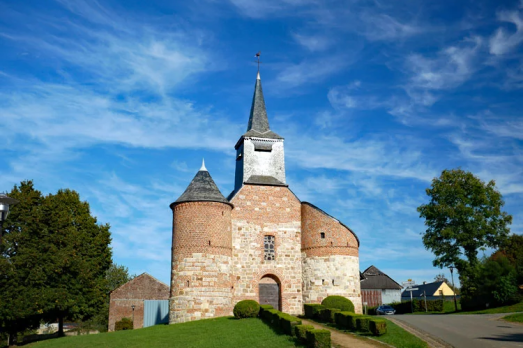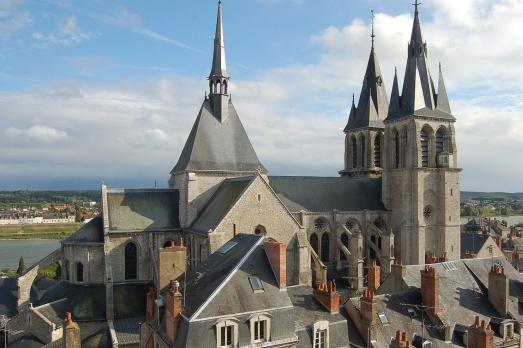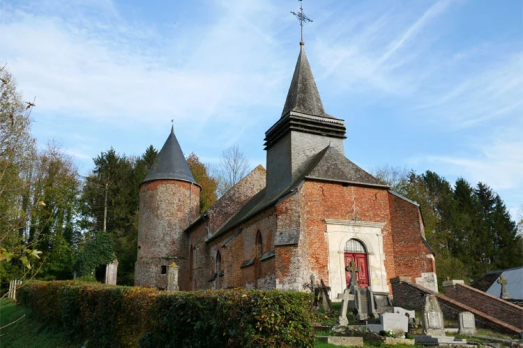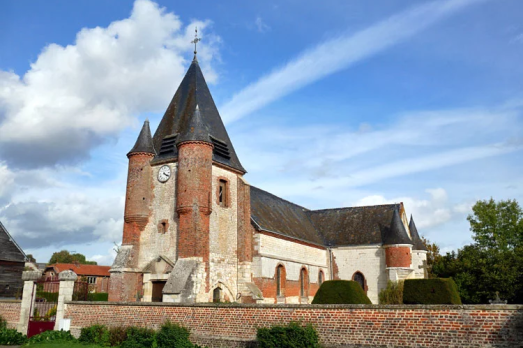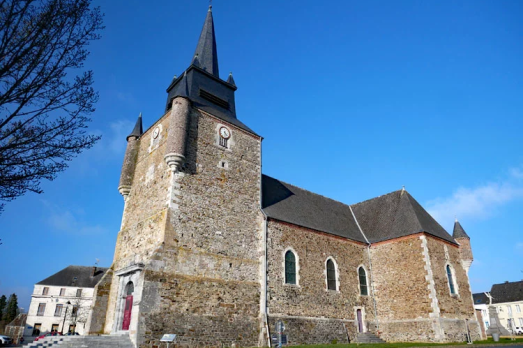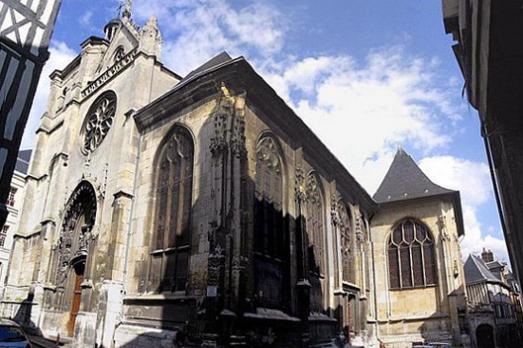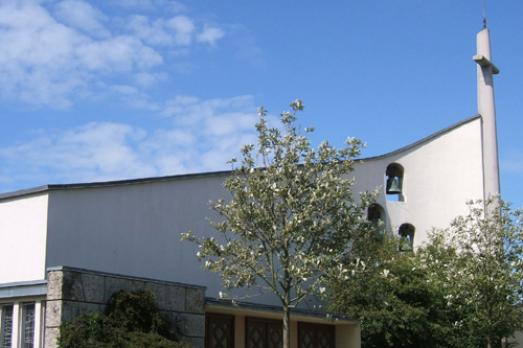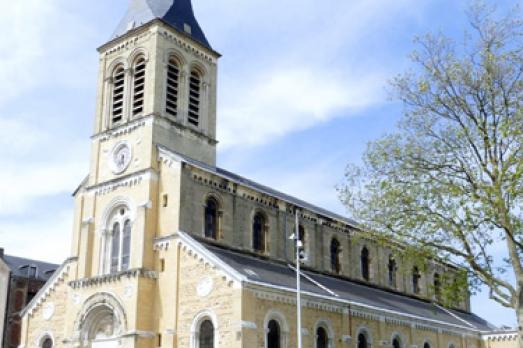
Saint-Nicolas Church, Havre
Havre , FR
The church underwent two phases of destruction, the first in 1563, when Le Havre was taken over by the English. The second in 1856 when it was considered too small to accommodate the faithful. A new church was rebuilt the same year a few meters further on.
